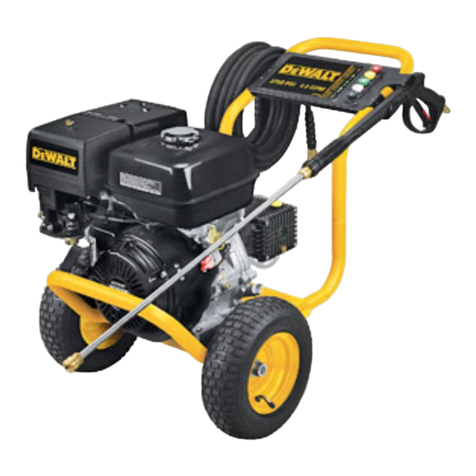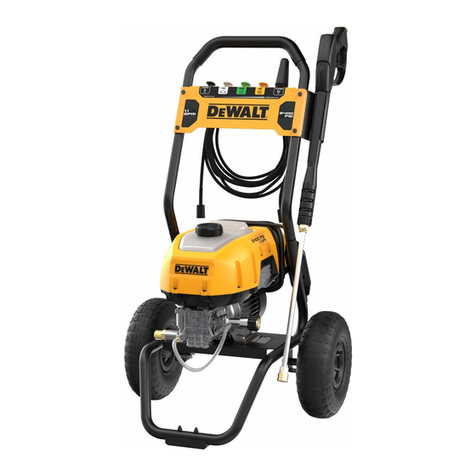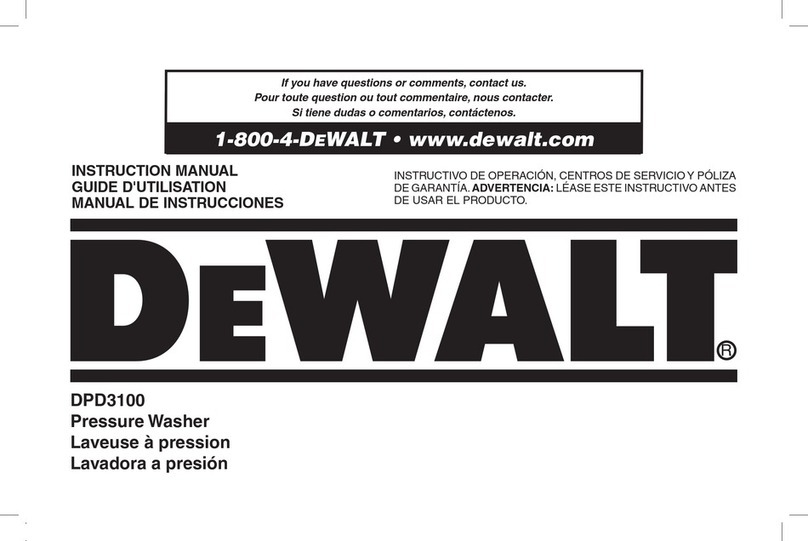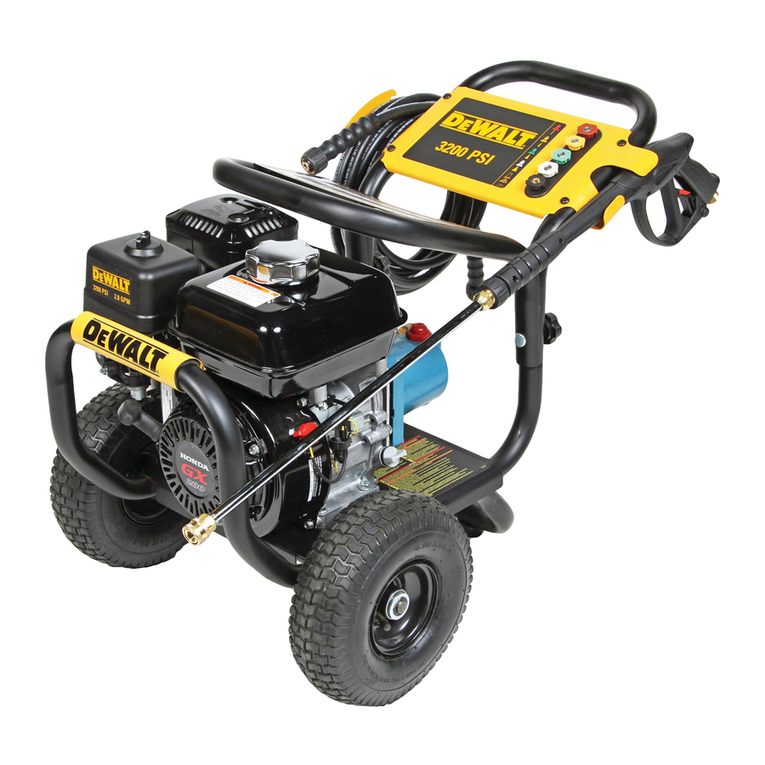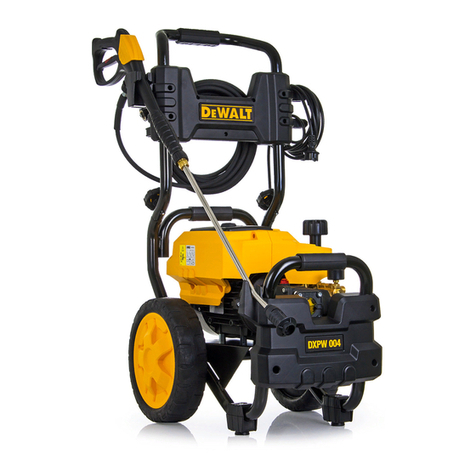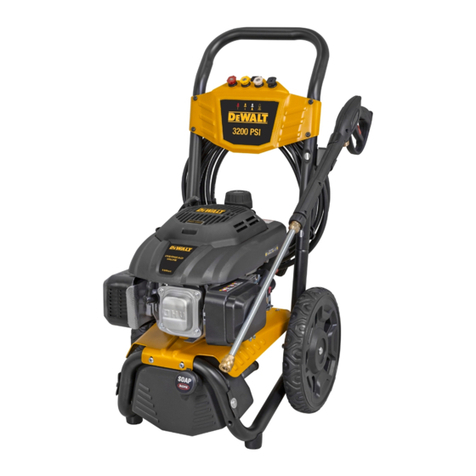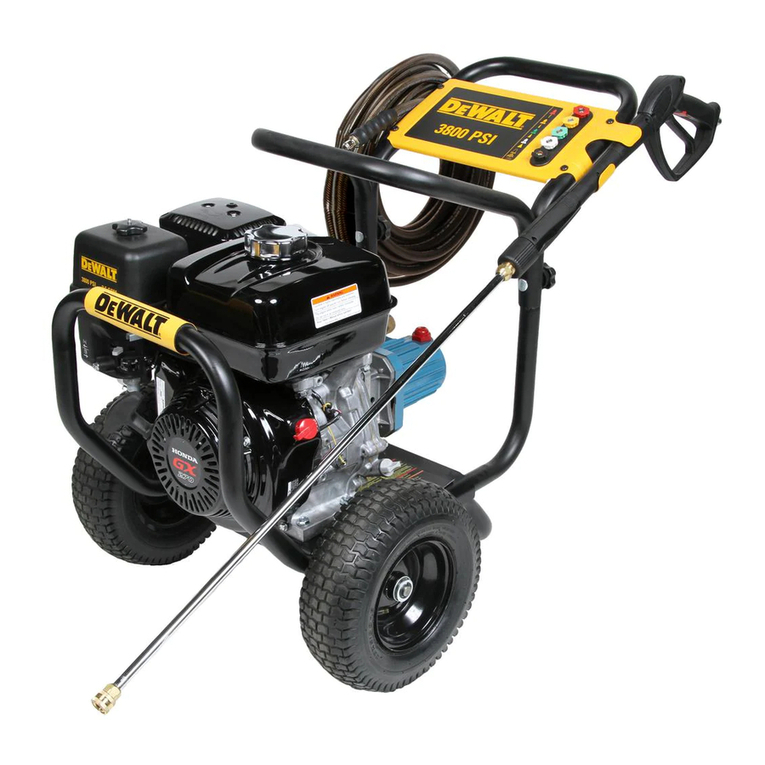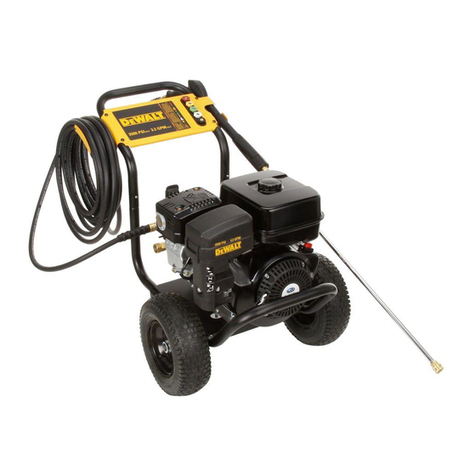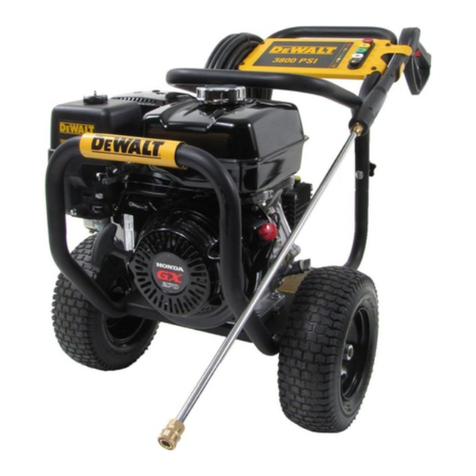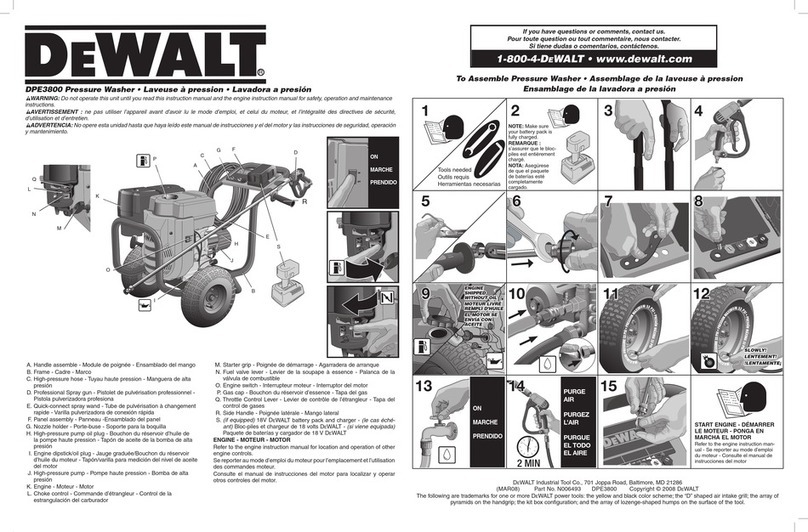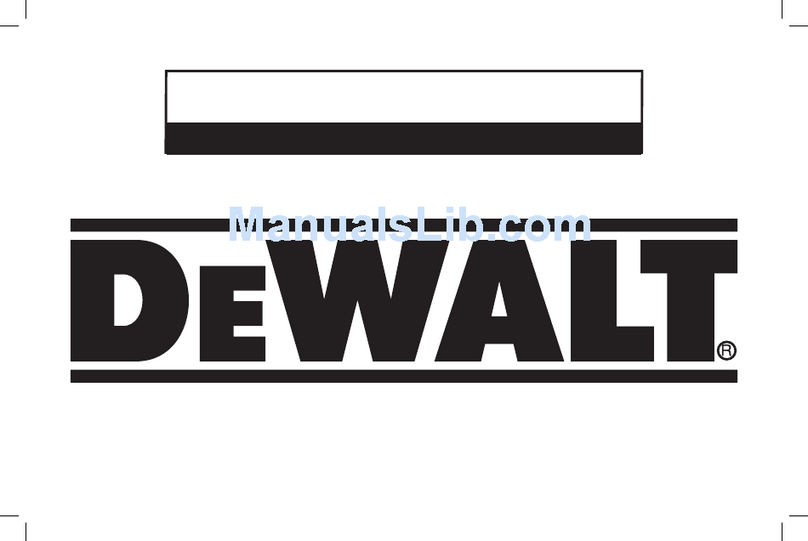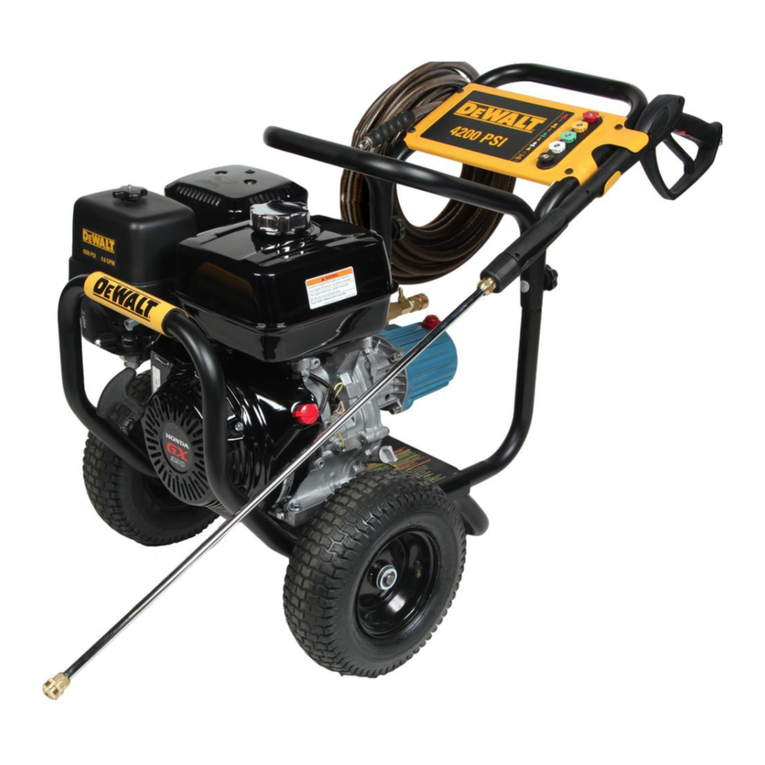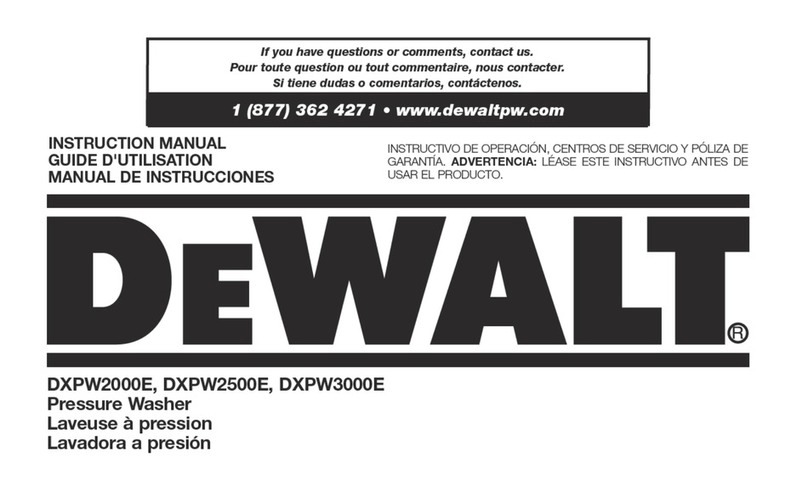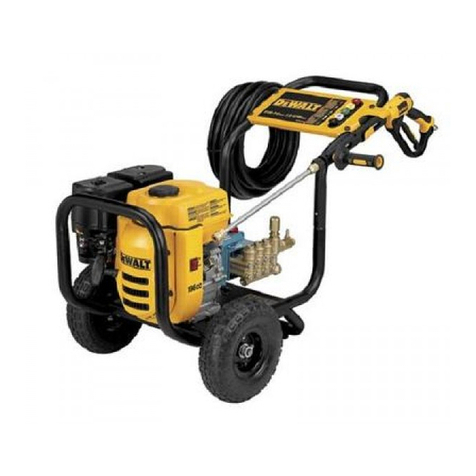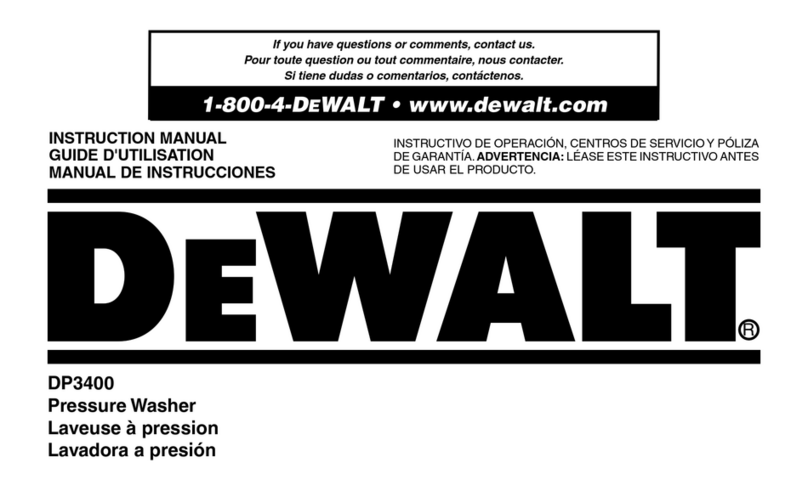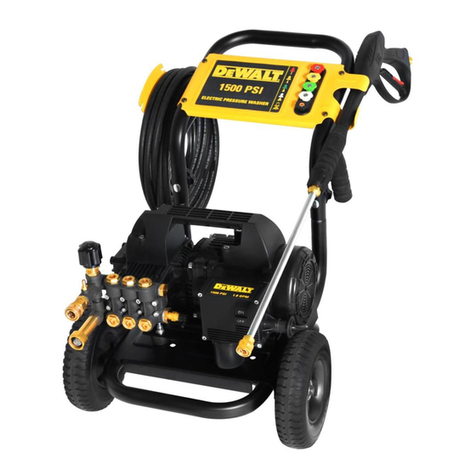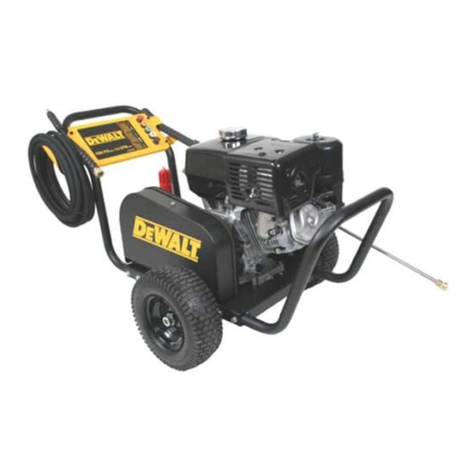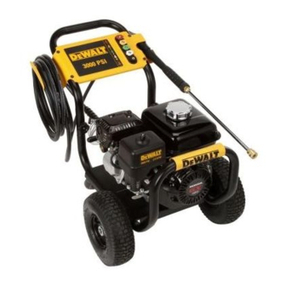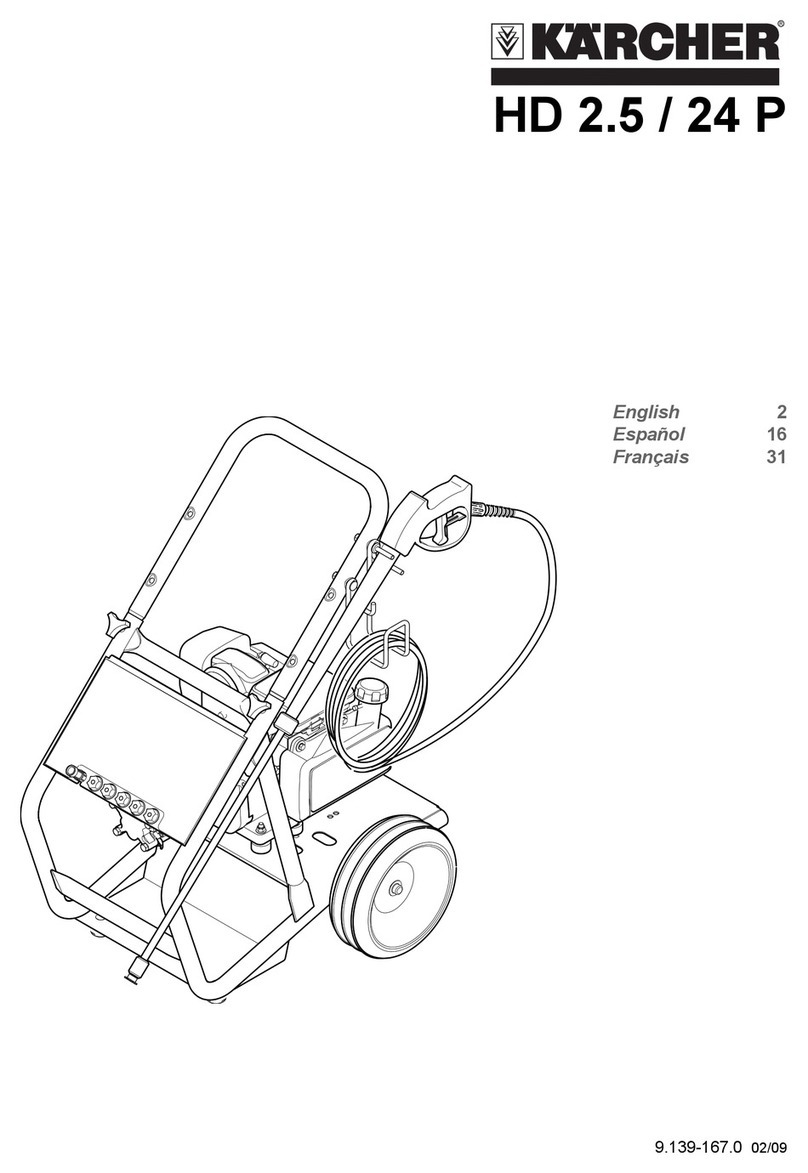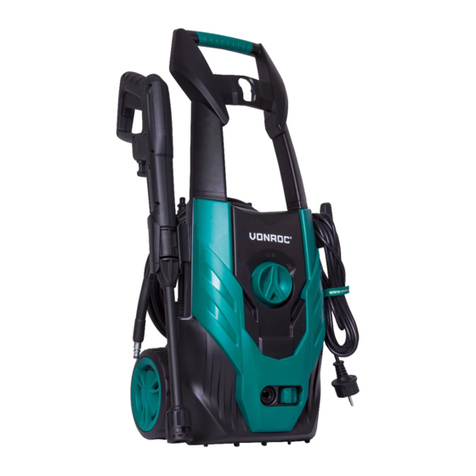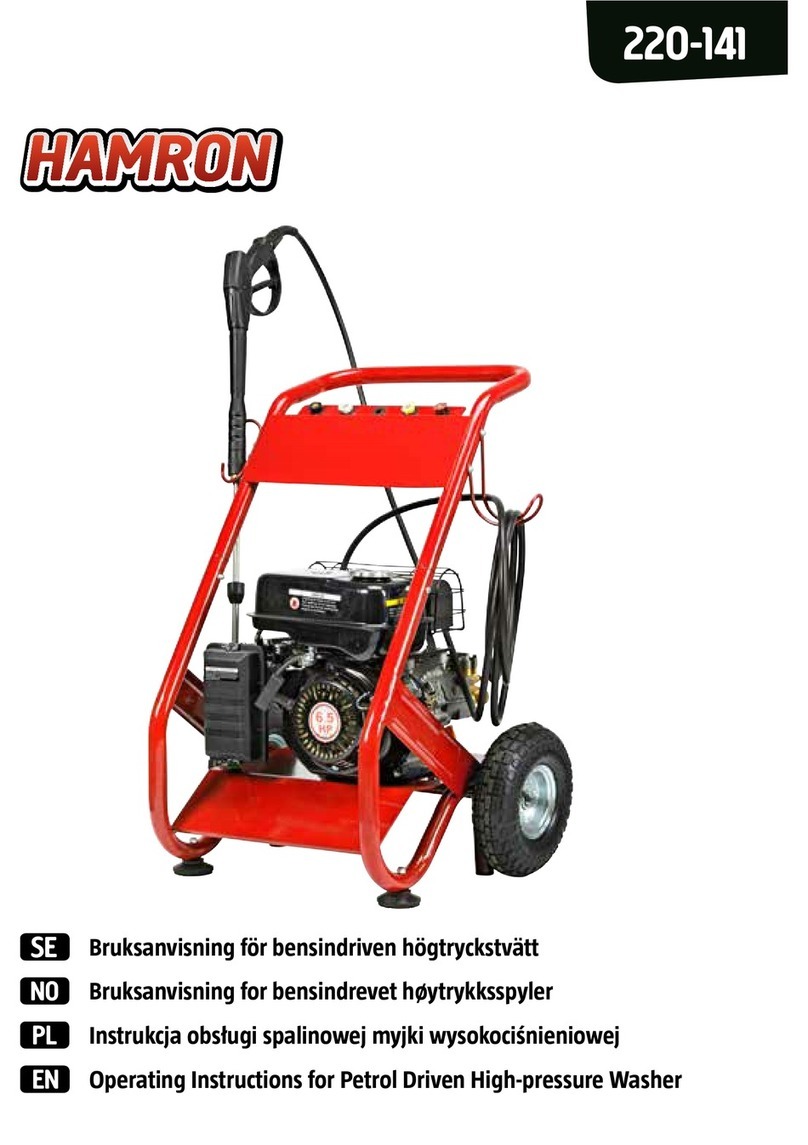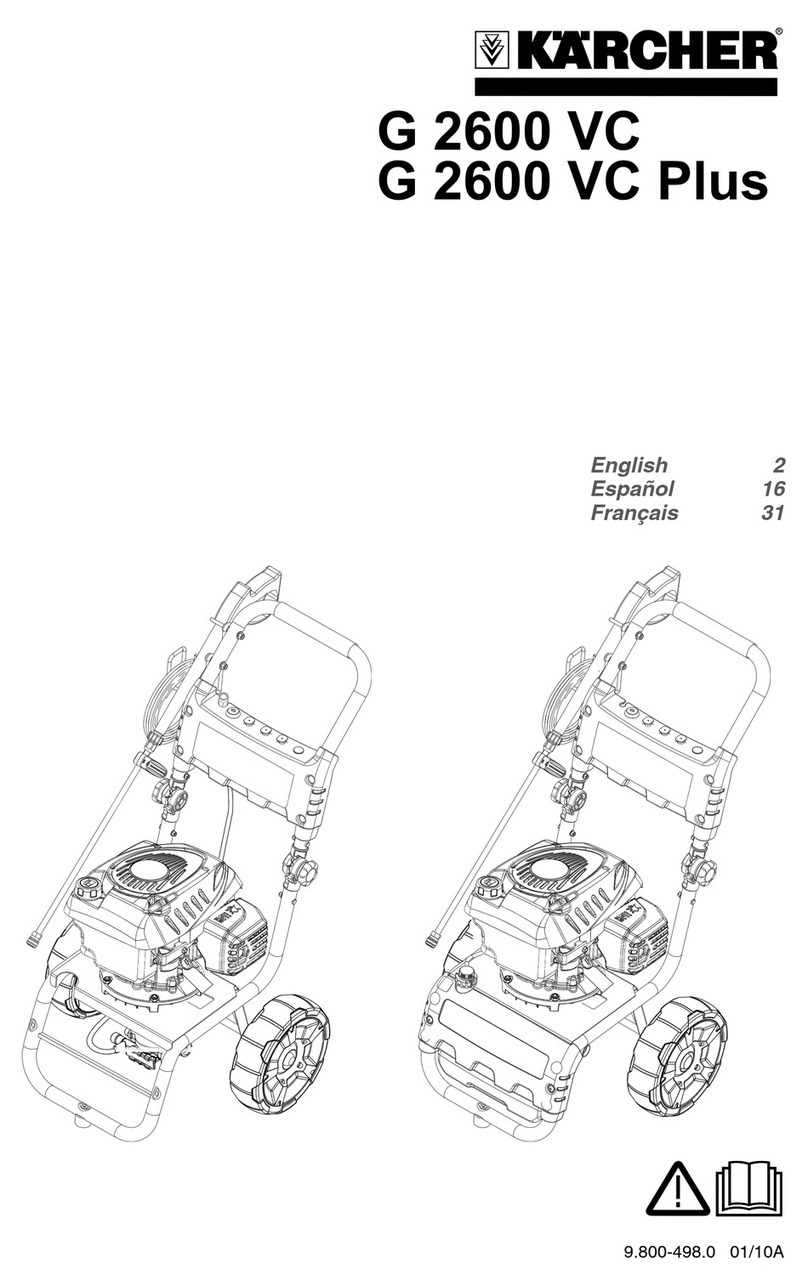
4
English
WARNING: Do not operate this unit until you read this instruction
manual and the engine instruction manual for safety, operation and
maintenance instructions.
WARNING: When using this product basic precautions should
always be followed, including the following:
1. Read all instructions before using the product.
2. To reduce the risk of injury, close supervision is necessary when a
product is used near children.
3. Know how to stop the product and bleed pressures quickly. Be
thoroughly familiar with the controls.
4. Stay alert–watch what you are doing.
5. Do not operate the product when fatigued or under the influence of
alcohol or drugs.
6. Keep operating area clear of all persons.
7. Do not overreach or stand on unstable support. Keep good
footing and balance at all times.
8. Follow the maintenance instructions specified in the manual.
DANGER: RISK OF INJECTION OR SEVERE INJURY. KEEP
CLEAR OF NOZZLE. DO NOT DIRECT DISCHARGE STREAM
AT PERSONS. THIS PRODUCT IS TO BE USED ONLY BY
TRAINED OPERATORS.
WARNING: This product may not be equipped with a spark-
arresting muffler. If the product will be used around flammable materi-
als or on land covered with materials such as agricultural crops,
forest, brush, grass or other similar items, then a Spark Emission
Control Device that complies with Australian Standard "AS 1019-2000
Internal Combustion Engine - Spark Emission Control Devices" must
be installed.
WARNING: Do not operate this unit until you read this instruction
manual and the engine instruction manual for safety, operation and
maintenance instructions.
WARNING: When using this product basic precautions should
always be followed, including the following:
1. Read all instructions before using the product.
2. To reduce the risk of injury, close supervision is necessary when a
product is used near children.
3. Know how to stop the product and bleed pressures quickly. Be
thoroughly familiar with the controls.
4. Stay alert–watch what you are doing.
5. Do not operate the product when fatigued or under the influence of
alcohol or drugs.
6. Keep operating area clear of all persons.
7. Do not overreach or stand on unstable support. Keep good
footing and balance at all times.
8. Follow the maintenance instructions specified in the manual.
DANGER: RISK OF INJECTION OR SEVERE INJURY. KEEP
CLEAR OF NOZZLE. DO NOT DIRECT DISCHARGE STREAM
AT PERSONS. THIS PRODUCT IS TO BE USED ONLY BY
TRAINED OPERATORS.
WARNING: This product may not be equipped with a spark-
arresting muffler. If the product will be used around flammable materi-
als or on land covered with materials such as agricultural crops,
forest, brush, grass or other similar items, then a Spark Emission
Control Device that complies with Australian Standard "AS 1019-2000
Internal Combustion Engine - Spark Emission Control Devices" must
be installed.
SAVE THESE INSTRUCTIONS
DANGER: RISK OF EXPLOSION OR FIRE
WHAT CAN HAPPEN HOW TO PREVENT IT
• Spilled gasoline and it’s
vapors can become ignited
from cigarette sparks,
electrical arcing, exhaust
gases and hot engine
components such as
the muffler.
• Shut off engine and allow
it to cool before adding fuel
to the tank.
• Use care in filling tank to
avoid spilling fuel. Move
pressure washer away
from fueling area before
starting engine.
• Heat will expand fuel in the
tank which could result in
spillage and possible fire
explosion.
• Keep maximum fuel level
12.7 mm below
bottom of filler neck
to allow for expansion.
• Operating the pressure
washer in an explosive
environment could
result in a fire.
• Operate and fuel equipment
in well-ventilated areas free
from obstructions. Equip
areas with fire extinguisher
suitable for gasoline fires.
• Materials placed against or
near the pressure washer
can interfere with its proper
ventilation features causing
overheating and possible
ignition of the materials.
• Never operate pressure
washer in an area containing
dry brush or weeds.
